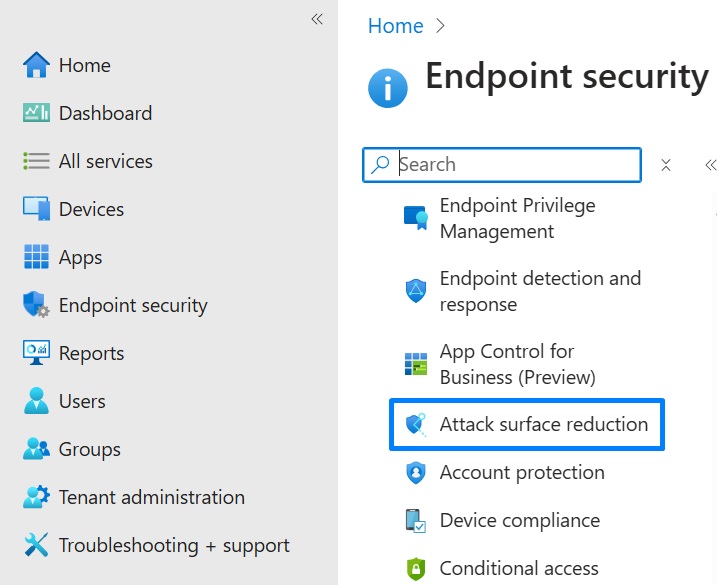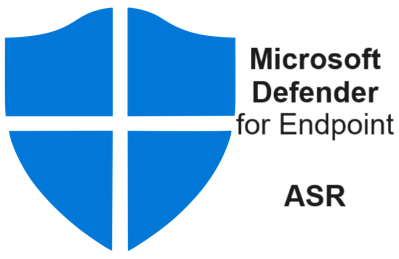This article will explore additional defensive layers that can be applied to your endpoints to enhance their security and prevent attacks from gaining a foothold. These layers include preventing certain user or application-initiated actions and blocking connections to malicious destinations, even those already partially controlled by attackers. Since these controls can impact user experience, business software, or other security tools, it’s important to evaluate which ones can be safely implemented carefully.
What is Attack Surface Reduction?

An organization’s attack surface encompasses all potential attack vectors that could be exploited to gain unauthorized access to its assets or data. This usually involves exploiting vulnerabilities or weaknesses in the organization’s resources or access points.
Attack Surface Reduction (ASR) aims to minimize the pathways through which attackers can successfully intrude on protected assets. The primary goals of ASR are to prevent asset compromise and minimize the impact of any successful breaches. Although the mitigations used in ASR can sometimes affect the capacity and usability of protected assets, it remains a fundamental aspect of maintaining a strong security posture and is often considered the first line of defense against many attacks.
In Microsoft Defender for Endpoint (MDE), many ASR capabilities apply to user endpoints. Most ASR rules focus on user software and interactions, preventing activities that could lead to compromises. While these measures can sometimes disrupt productivity, especially when legitimate business software behaves unexpectedly, they target operations that are rare or should not occur on managed machines.
These capabilities can be compared to host intrusion prevention systems (HIPS) but with a different intent. Rather than providing a framework for creating custom rules, these targeted measures aim to balance security with minimal impact on performance or productivity. Ideally, they should be unnoticed by the end user.
Additionally, some ASR capabilities act at the system level, offering broad protections against malicious outbound connections, access to credentials, executables from unverified sources, vulnerable drivers, and disk-level modifications. These protections are valuable and should be universally applied to any endpoint.
Microsoft Defender for Endpoint (MDE) offers a comprehensive suite of security features, with ASR encompassing any feature that extends beyond the core premise of next-generation protection. In the next article, we will dive into examining ASR rules more deeply.
Don’t hesitate to reach out and enhance your company’s security posture by implementing ASR today!

